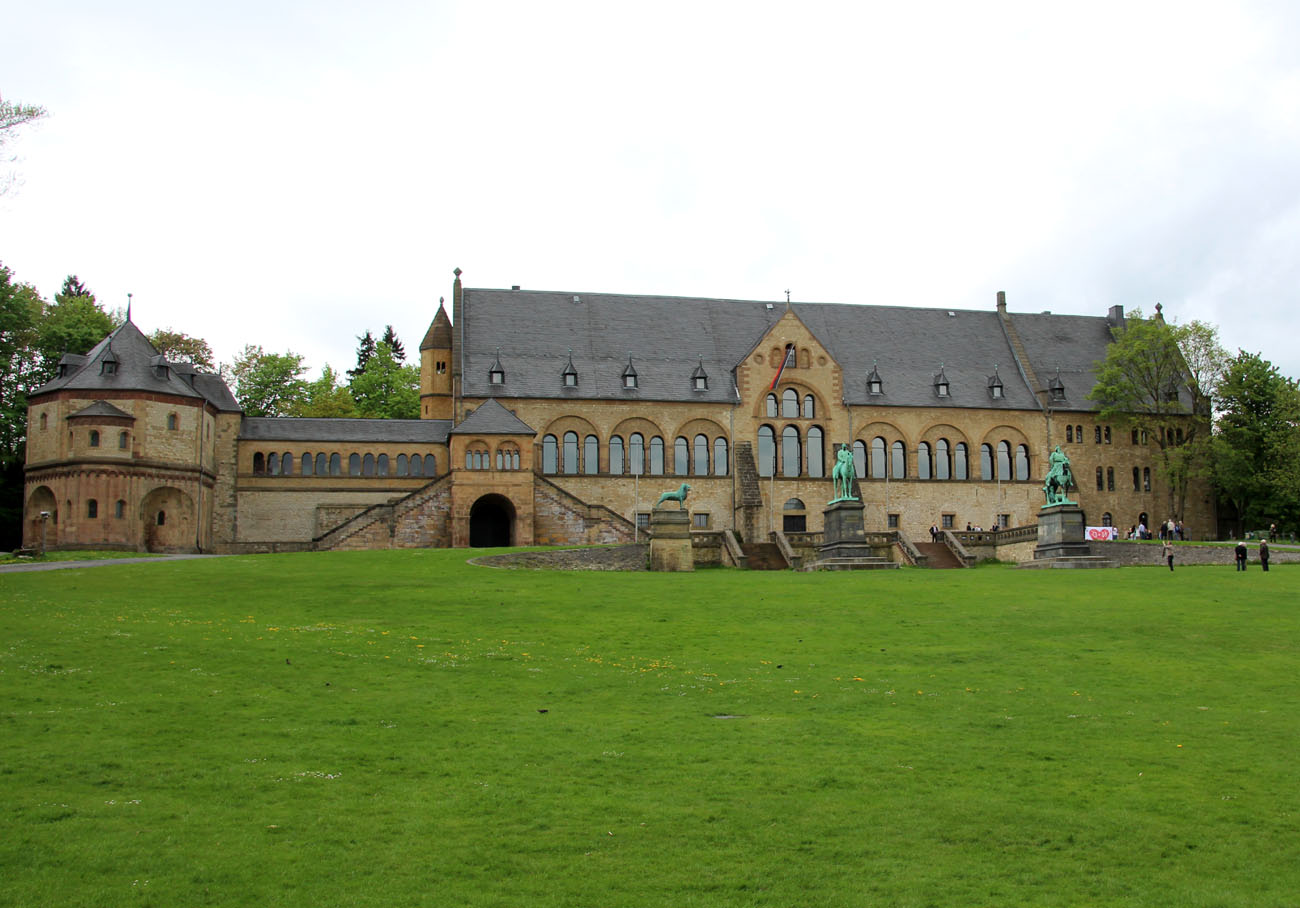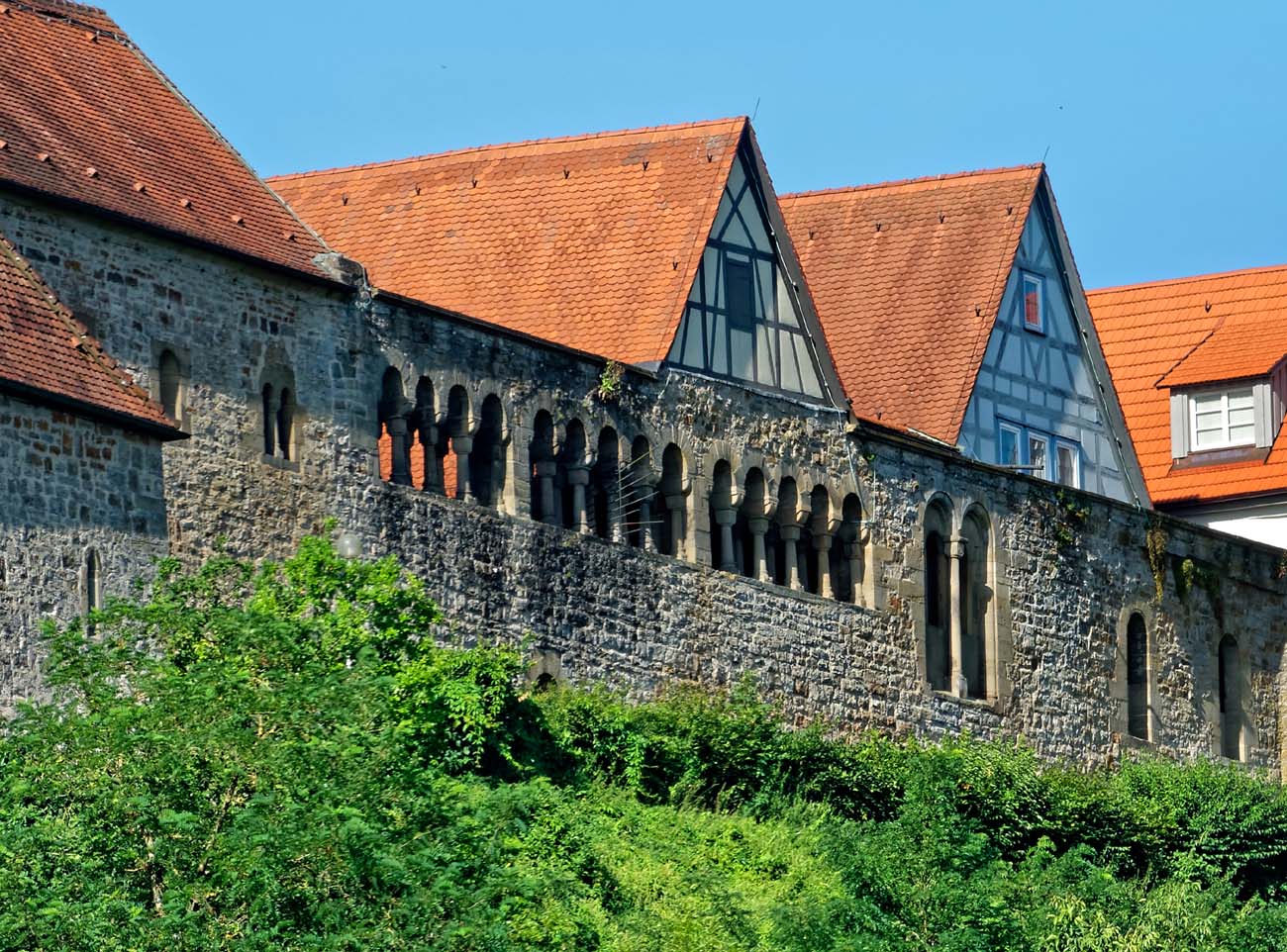In the Middle Ages, the term defining the seat of the ruler, an impressive residential building, the palace of the emperor, king or bishop. The name derives from classical Latin, in which it was a complex of former imperial residential buildings on the Roman Palatine Hill, from the eighth century passing into ownership of bishops and popes. In the ninth century, the buildings erected in the capital courts and fortified manors were called palases. The first magnificent Carolinian palases (Aachen, Ingelheim, Padeborn) served as a model for the residence of emperors of the Ottonian dynasty (Bamberg, Goslar, Werla, Magdeburg), Hohenstaufen dynasty (Kaisewerth, Wimpfen, Eger, Gelenhausen), as well as Capetians (Paris) and Piasts (Ostrów Lednicki, Płock, Przemyśl, Wawel).
Palas consisted of a residential and representative building combined with a chapel. Inside, the most important place was occupied by the oblong hall – the place of ceremonies, feasts, and the greetings of guests. Residential, administrative and economic rooms were aside. There were palases, both one and two storey, and sometimes even three storey.




